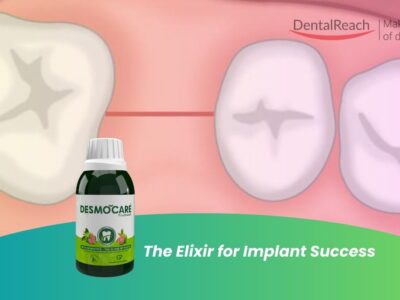Oral hygiene
A healthy mouth is characterized by pink gums, without swelling and that do not bleed when brushing. Hormonal changes however, cause a reaction in the gums and the presence of bio-film (dental plaque) can aggravate this situation. Swelling, redness, tenderness and spontaneous bleeding is possible. This condition of the gums is abnormal but can redeemed quickly when you maintain good oral hygiene daily, by brushing with a toothbrush with soft bristles and a fluoride toothpaste.
Since no toothbrush can reach the contact surfaces between the teeth and the gap between the gum and tooth, where tooth decay and gum disease is more likely to develop; flossing is recommended.
Cracks in the tongue contain dead cells, bio-film (dental plaque) and food debris that can only be removed with a toothbrush or a tongue cleaner.
Food
It is vital to consume enough dairy products and each of the other food groups; fresh fruits, vegetables and some cheeses are great snacks for your teeth.
Sweetened energy drinks as well as sticky and sweet foods should be limited. If such foods are consumed, brushing/rinsing is necessary. The sugars and the absence of brushing promote the production of acid and thus initiates the first stage of tooth decay. The more frequent the consumption of sugars, the more enamel involvement progresses towards the inside of the tooth (dentin and pulp) and the more the decay spreads.
Visit a dentist!
A dental visit is mandatory every six to twelve months, which can help to detect beginner caries, gum disease and other symptoms (oral lesions, wisdom teeth, etc.). Oral hygiene advice, preventive methods, proposed treatment plan and the frequency are personalized to the individuals oral condition.
Piercing
The friction of piercing in the cheek, tongue or lip can create wear or fracture of a tooth, as well as irritation, bleeding and loosening of the gums. In addition, piercings are an open door to bacteria and risks of infection which can affect the general health and leave after effects for several years.
Smoking
You may be one of the 75% of smokers who want to quit this habit but need help. Like all health professionals, dentists have information about it. The very first signs of the harmful effects of tobacco are manifested in the mouth, so the smoker is informed of the condition of his mouth at each visit.
Halitosis (bad breath)
Halitosis or bad breath can be occasional or chronic, however it can persists in spite of a good oral hygiene; hormonal changes, medical problems or even medications can alter your breath.
The most common causes come from the oral cavity: poor hygiene, dental problems (e.g. tooth decay, abscesses, gum infection, etc.) , mouth breathing, tobacco, certain foods, etc. Good daily oral hygiene, healthy lifestyle habits, proper cleaning and dental care eliminate many of the causes of bad breath.
Whitening
Stains caused by tobacco and soda can usually be removed during professional cleaning. In a healthy person whose teeth are mature and healthy, the hue can be changed through bleaching. The result varies according to the color of the tooth and its response to the whitening product. A dentist must first provide the patient with all the required information:
Orthodontics
It’s very challenging to maintain good oral hygiene during orthodontic treatment. In order to facilitate the control of the bio-film (dental plaque), specially designed toothbrushes are available (orthodontic brushes), an electric toothbrush can be used and the use of small brushes to clean between the rings.
Wisdom teeth
When present, the wisdom teeth (third molars) erupt between 17 and 22 years. Depending on their position or the space available, the third molars must sometimes be extracted if malpositioned, lack of space, etc.
Sealing of wells and cracks
Hollow areas and furrows in the chewing surface of permanent teeth easily trap food debris and bacteria from the bio-film (dental plaque). This promotes the development of cavities. When the premolars and the second permanent molars finish their eruption (between 11 and 15 years old) and the furrows are deep, the sealing may be advisable. Combined with good hygiene, this treatment performed by the dental professionals, helps to prevent decay of masticatory surfaces.
Energy drinks
These are very sweet drinks, responsible for caries and dental erosion.
Bonus: Download our monthly e-bulletin!Click here to get itit
DISCLAIMER : “Views expressed above are the author’s own.”




















Comments